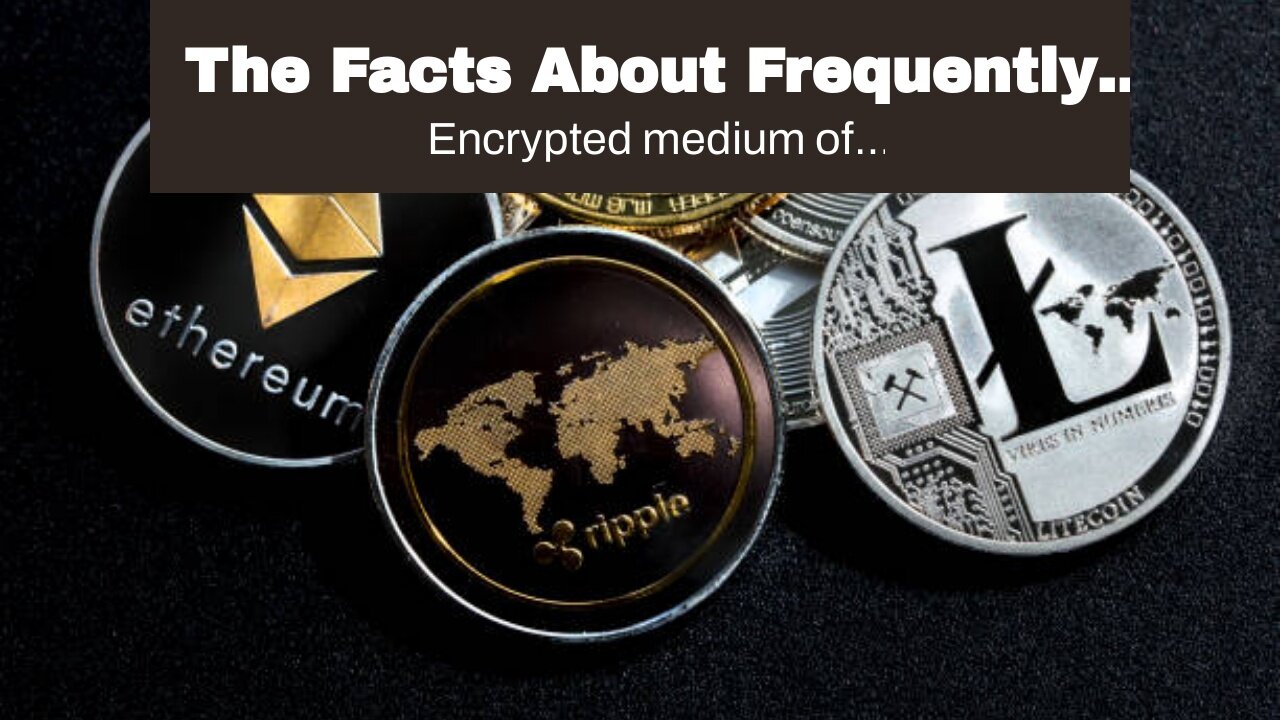Premium Only Content

The Facts About Frequently Asked Questions on Virtual Currency Transactions Revealed
Encrypted medium of digital exchange A cryptocurrency, crypto-currency, or crypto is a digital currency created to work as a legal tender through a computer system network that is not reliant on any main authority, such as a federal government or bank, to promote or maintain it. Individual coin ownership records are kept in a digital journal, which is a computerized database utilizing strong cryptography to secure transaction records, to control the creation of extra coins, and to verify the transfer of coin ownership.
Some crypto plans utilize validators to keep the cryptocurrency. In a proof-of-stake design, owners set up their tokens as collateral. In return, they get authority over the token in percentage to the quantity they stake. Typically, these token stakers get extra ownership in the token over time by means of network costs, newly minted tokens or other such reward mechanisms.
Cryptocurrencies normally use decentralized control rather than a central bank digital currency (CBDC). When a cryptocurrency is minted or created prior to issuance or issued by a single issuer, it is typically thought about centralized. When carried out with decentralized control, each cryptocurrency resolves dispersed ledger innovation, normally a blockchain, that acts as a public financial deal database.
Cryptocurrencies use file encryption to authenticate and safeguard transactions, hence their name. There are presently over a thousand various cryptocurrencies in the world, and their supporters see them as the key to a fairer future economy. [] Bitcoin, first launched as open-source software application in 2009, is the very first decentralized cryptocurrency. Given that the release of bitcoin, many other cryptocurrencies have been produced.
Later on, in 1995, he executed it through Digicash, an early form of cryptographic electronic payments which needed user software application in order to withdraw notes from a bank and designate particular encrypted secrets prior to it can be sent out to a recipient. This enabled the digital currency to be untraceable by the releasing bank, the government, or any 3rd party.
46, Concern 4). In 1998, Wei Dai released a description of "b-money", characterized as an anonymous, dispersed electronic cash system. Soon afterwards, Nick Szabo described bit gold. Like bitcoin and other cryptocurrencies that would follow it, bit gold (not to be confused with the later gold-based exchange, Bit, Gold) was explained as an electronic currency system which required users to complete a evidence of work function with solutions being cryptographically put together and released. https://hi.switchy.io/8F8Y
-
 18:38
18:38
VSiNLive
1 day agoProfessional Gambler Steve Fezzik LOVES this UNDERVALUED Point Spread!
1562 -
 LIVE
LIVE
Right Side Broadcasting Network
9 days agoLIVE: President Donald J. Trump Keynotes TPUSA’s AmFest 2024 Conference - 12/22/24
8,351 watching -
 4:31
4:31
CoachTY
13 hours ago $6.47 earnedCOINBASE AND DESCI !!!!
28.9K7 -
 10:02
10:02
MichaelBisping
12 hours agoBISPING: "Was FURY ROBBED?!" | Oleksandr Usyk vs Tyson Fury 2 INSTANT REACTION
2386 -
 8:08
8:08
Guns & Gadgets 2nd Amendment News
2 days ago16 States Join Forces To Sue Firearm Manufacturers Out of Business - 1st Target = GLOCK
50.9K50 -
 10:17
10:17
Dermatologist Dr. Dustin Portela
1 day ago $6.35 earnedOlay Cleansing Melts: Dermatologist's Honest Review
43.3K -
 1:02:20
1:02:20
Trumpet Daily
1 day ago $23.55 earnedObama’s Fake World Comes Crashing Down - Trumpet Daily | Dec. 20, 2024
27.3K34 -
 6:29
6:29
BIG NEM
21 hours agoCultivating God Mode: Ancient Taoist NoFap Practices
21.2K6 -
 30:53
30:53
Uncommon Sense In Current Times
1 day ago $6.01 earned"Pardon or Peril? How Biden’s Clemency Actions Could Backfire"
42.6K2 -
 40:01
40:01
CarlCrusher
19 hours agoSkinwalker Encounters in the Haunted Canyons of Magic Mesa - ep 4
40.9K2